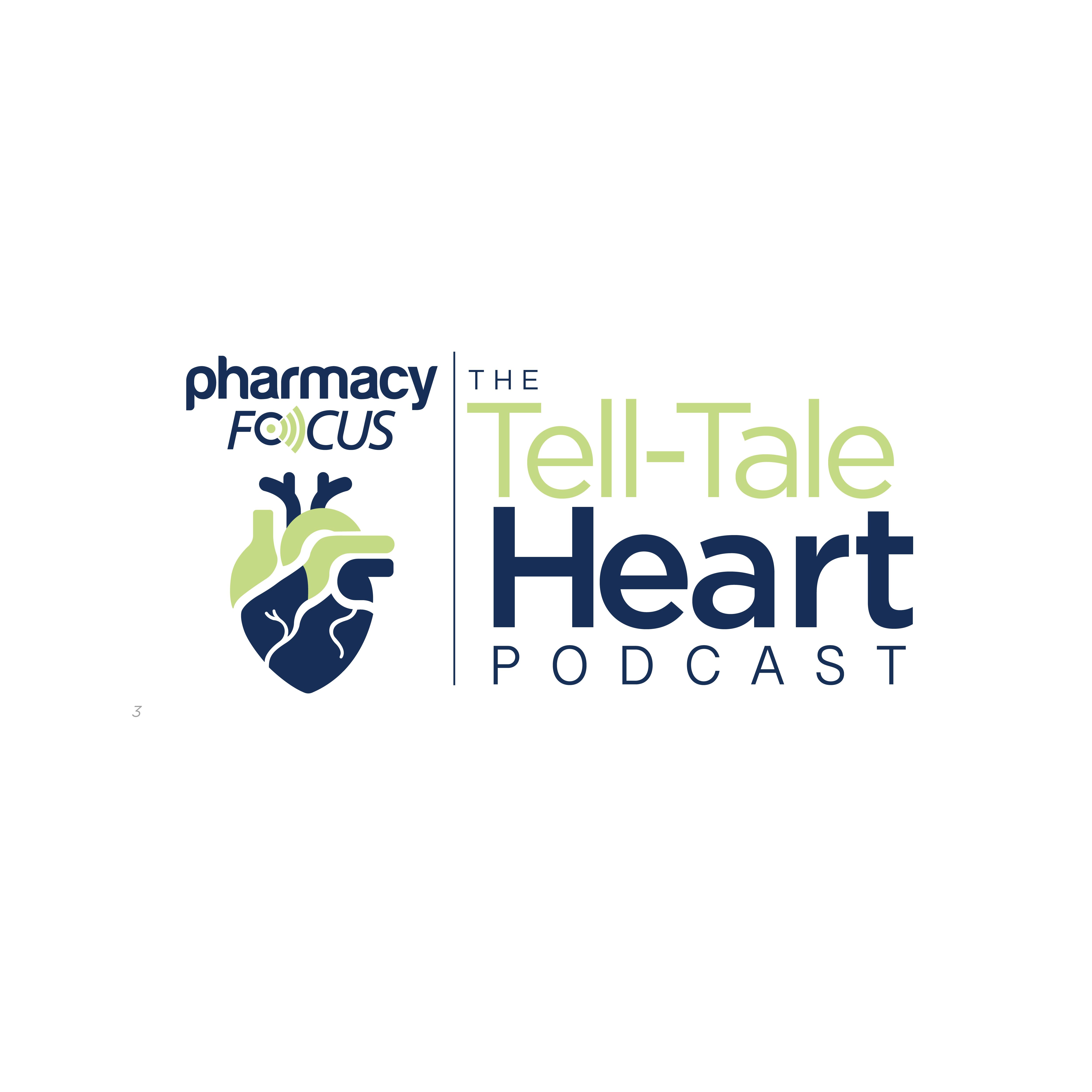Feature
Article
Bridging Evidence Gaps: The Expanding Role of Real-World Evidence in Regulatory and HTA Decision-Making
Author(s):
The expanding role of real-world evidence in regulatory and health technology assessment (HTA) decision-making highlights its growing acceptance for supplementing clinical trial data, addressing evidence gaps, and informing treatment value, despite challenges in data quality, accessibility, and regulatory compliance.
Randomized controlled trials are still seen as the gold standard for generating evidence. However, there are gaps in this evidence base, especially when submitting to regulatory bodies and health technology assessment (HTA) agencies, explained Anna Newton, MPH, a senior director, real-world evidence (RWE) at Lumanity, during the 2025 American Society for Transplantation and Cellular Therapy (ASTCT) and Center for International Blood and Marrow Transplant Research (CIBMTR) Tandem Meeting in Honolulu, Hawaii.
“This is where RWE comes in,” Newton said during the ASTCT and CIBMTR Tandem Meeting. “In the last 5 years, there have been several publications by decision-making bodies reflecting the increased use of RWE to support decision making. These are, broadly speaking, consistent in what they've concluded. However, it's important to note that only 1 HTA body, UK’s [National Institute for Health and Care Excellence (NICE)], has put forth guidance, so that's essentially the proxy for how payers and reimbursement bodies consider RWE.”
A scientist preparing a clinical trial data set. Image Credit: © PrusarooYakk - stock.adobe.com

However, the use cases for RWE continue to expand across different regulatory regions. In Europe, RWE is predominantly used for contextual evidence in regulatory submissions, while in the United States, its application is broader.
“The FDA has more robust use of [real-world data (RWD)] in part of their guidance. They’re more flexible with what they consider acceptable uses,” Newton said. “It can cover the natural history of disease, selecting suitable clinical trial participants, non-interventional studies, and external control arms. They also cover methodology, data quality, and standardization, with a lot more robust guidelines around RWD and RWE, as far as the FDA is concerned.”
However, the European Medicines Agency (EMA) is largely focused on ethics and data privacy and putting forth good governance models when using RWD and RWE. For use cases, EMA focuses more on contextual evidence and also evidence in a post-authorization phase, which is used when assessing safety and efficacy after a product is approved.
“A lot of this is just the general perceptions on health care data use,” Newton said. “Compared to the US, European data has higher scrutiny, and you can see this in [these] core 4 elements.”
The first is just general health system trust, according to Newton. Data holders in Europe are often national health systems or academic institutions, so they need a lot of assurance and confidence that the use of their data is going to advance public health and not be used for commercial purposes only.
“The next thing is [General Data Protection Regulation (GDPR)] vs [Health Insurance Portability and Accountability Act (HIPAA)] and the regulations that occur,” Newton said. “Patients own their data under GDPR in Europe, so there's a lot more concern about consent, controller and processor roles, who is handling the data, and how they are protecting that data and the privacy of a patient.”
Timelines are also a big consideration in Europe, as it can take up to 18 months for drug approvals based on the regulatory and ethics approvals needed. On the other hand, in the US, it is much quicker to access data.
“In many instances, you can just license data yourself and have access in a handful of months, if not less,” Newton said. “Lastly, the data access model is a little bit different [in Europe vs the US]. In Europe, holders of data may not be willing to part with patient-level data…because of this, aggregate outputs need to be brought together through research collaborations, rather than just a single entity owning multiple sources of data analysis.”
Today, RWD is being used more by pharmaceutical companies and being accepted by regulatory and HTA bodies, according to Newton.
“So how do you go about identifying suitable data in that case? The guidelines that are put forth are incredibly helpful, but there's still a series of tradeoffs and considerations that need to be thought through when sourcing for RWD,” Newton said. “This can be thought of as 3 essential categories.”
First, finding the right data means ensuring the data is fit-for-purpose to support specific study designs. There is no one-size-fits-all approach, and researchers must carefully evaluate treatment guidelines, patient journeys, and data quality. Second, bringing the right level of engagement among stakeholders helps validate study designs and mitigate potential biases. Lastly, operational feasibility determines appropriate investment, governance requirements, and study timelines to ensure data accessibility and regulatory compliance.
However, no data source is perfect, so careful trade-offs must be considered to ensure study validity. These include selecting the most relevant comparator in a real-world setting, ensuring the selected cohort aligns with clinical trial populations while maintaining sufficient sample size, and measuring variables consistently to enable valid comparisons. Cross-country comparisons also play a role, as different standards of care and health care infrastructures impact the transferability of findings.
“Data quality is going to be essential, and it's preferred to have a comprehensive search through literature and other partnerships to account for not only the data quality but eventual attrition as you're sourcing potentials,” Newton said. “Attrition can occur on multiple levels. There's data source attrition in which potential partners fall out or they're less willing to support a research objective or simply don't have the time. There's sample size and eventual decreases in sample size through application of inclusion and exclusion criteria, and then unplanned attrition as well.”
Additionally, assessing “good enough” patient selection criteria can be a challenge, as it is unlikely that it will be possible to find a perfect match to a clinical trial for inclusion and exclusion criteria.
“Finding this perfect, magical data source is not going to occur to fit your patient selection,” Newton said. “Prioritizing what is going to be the most important for the patient selection and ensuring that that is something that's captured in a data source is essential.”
Similarly for the variables that are measured, it is important to make sure that they're measured in similar way in the real world as compared to your clinical trial. Otherwise, it will not be possible to compare like to like for the trial, which will mean conclusions reached based on that data will not be valid.
“Lastly, as you're thinking of international and multi-country studies, [it is important to consider if] these findings transfer to another country. We want to compare the patients and each country in terms of their standard of care, treatment patterns, health care systems, clinical guidelines, etc. If there are 2 countries that have completely different standards of care, it's very unlikely that you're going to want to lump them into a single study together,” Newton said. “Ideally, you'll be comparing like to like or as [much as that is] possible and ensure that you know you have explanations for where there's deviations in the standard of care.”
There are also many different internal and external stakeholders to consider, according to Newton. There are HTA agencies and regulatory bodies, but there are also data providers, principal investigators, and market affiliates. Newton explained that early engagement with certain stakeholders, such as regulatory agencies, data providers, and scientific advisors, is crucial for study success. Additionally, seeking scientific advice from HTA agencies and regulators early in the process ensures alignment with expectations.
“We recommend either early or formal scientific advice or regulatory consultation on proposed approach. Early and often is what we see as the most successful for study design and execution. Mitigations for any unplanned biases and how to manage those biases is going to be essential,” Newton said. “To increase transparency and minimize pushback, I recommend publishing protocols of the studies with reputable conferences, such as International Society for Pharmacoeconomics and Outcomes Research, Healthcare Technology Management Association, and EMA. As far as motivating data providers to participate in a study, some data providers just won't have the time or the resources.”
To motivate data providers, Newton said it can be helpful to engage them early and have clear guidelines on what will be in their arena of support. Further, when possible, it can be beneficial to offer support to offload burdens, such as data curation and cleaning and support with publications as well.
“Lastly, as far as having a principal investigator [PI], I definitely recommend having a PI to provide scientific input,” Newton said. “If timing does not permit or recruitment does not permit this, this may jeopardize your willingness to engage with HTA agencies and regulatory bodies.”
Additionally, for the right operations, there are considerations such as timelines for study design and sufficient sample size.
“As mentioned, account for sample size and any attrition. This impacts not only your data source selection, but also the operational input of a study design and how you select one data source from another,” Newton said. “When you're evaluating data sources…if all things considered are equal, you'll want to reference guidelines that are published to ensure alignment with a perceived guideline. So, in the example of submitting to an HTA, the NICE framework is a good guide as that's the only framework for HTA that exists currently. As far as the right level of investment, adopt a pragmatic approach to determining which sources are good enough and to assure the study objectives and right size of the investment of the data sources.”
Governance and compliance also play a significant role in RWE studies, especially when working with international data sources, according to Newton. Understanding country-specific requirements for patient consent, data hosting, and compliance with regulations, such as GDPR and HIPAA, is essential.
Case Study for Leveraging RWD
A pharmaceutical company sought to assess the correlation between surrogate end points and long-term outcomes in oncology. Due to limited follow-up in clinical trials, RWE was used to supplement the evidence and address regulatory and HTA concerns.
“For novel medications, trial data often have limited follow up,” Newton said. “This is common in particular for oncology, but also any other disease area that requires a longer follow up period. The primary end points that are selected are surrogate markers for a long term benefit. However, these evidence packages pose a high risk for regulators and HTA agencies, as the relationship between these markers and long term outcomes are not necessarily known, especially with the clinical trial data.”
The study matched real-world comparator groups with trial populations estimated the relationship between event-free survival (EFS) and overall survival (OS). The use of longitudinal RWE allowed researchers to bridge evidence gaps and provide clinical experts with greater confidence in treatment benefits.
“Specifically, when looking at the schematic, there's the intervention itself and the comparator in the trial, and the treatment effect measured is EFS,” Newton said. “However, the treatment effect needed for payers is OS, and that's beyond the follow up period of the trial.”
For this reason, the real world study had a comparator group matched to the trial comparator group with EFS as a treatment effect. Additionally, the investigators estimated how well EFS is a predictor of OS in the standard of care.
“A lot of this is due really to the longitudinality of real world data sources, and that's something that's not afforded through clinical trial data,” Newton said. “As far as the outcome, the evidence generated provided clinical experts with the confidence that treatments which improved surrogate outcomes would also improve long-term survival outcomes. However, this approach is not without challenges itself. There's only a limited number of RWD sets that can can do this work, partially because of its longitudinality, but that's covered in most RWD sources. But more specifically, granular clinical information is needed for this type of work, and not all data sets are created equal in that regard.”
Lastly, the study is also limited to the standard of care treatments, and the investigators were unable to estimate the correlation for the intervention of interest, since that's not yet in the real world.
“The right RWE is a powerful tool to showcase the value of novel interventions. Decision makers are increasingly open to accepting RWE. However, identifying which RWE will be accepted by decision makers is more than just finding the data and saying, ‘All right, let's design this study,’” Newton said. “Lastly, it's a complex and nuanced process, but it is possible.”
REFERENCE
Newton A. Role of Real World Evidence in Regulatory and HTA Decision Making. Presented at 2025 ASTCT and CIBMTR Tandem Meeting; Honolulu, Hawaii; February 12-15.
Newsletter
Stay informed on drug updates, treatment guidelines, and pharmacy practice trends—subscribe to Pharmacy Times for weekly clinical insights.






